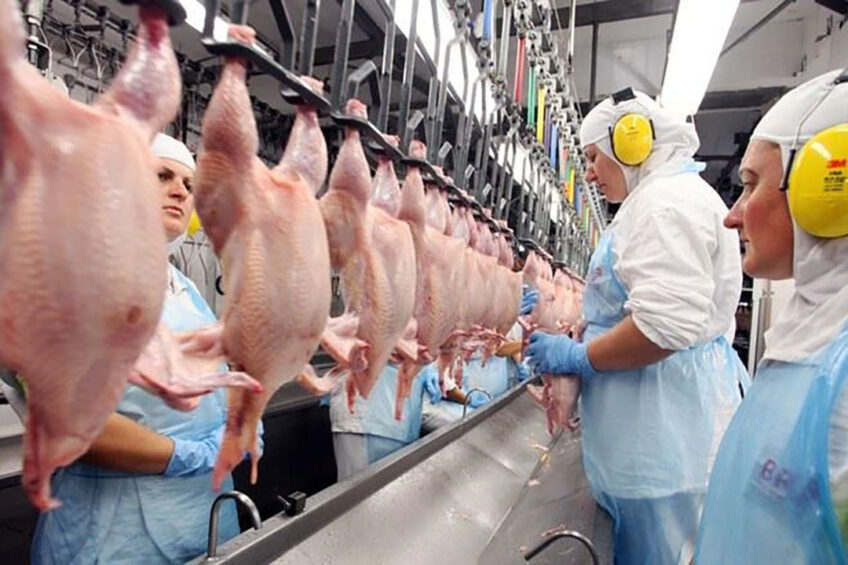Brazilian poultry export record in 2022

Brazilian broiler exports might reach a new record of 4.85 million tonnes in 2022, according to ABPA (Brazilian Association for Animal Protein). This would be 5% more than in 2021 when the country exported 4.6 million tonnes.
The entity presented these numbers in December, forecasting 14.6 million tonnes of production in 2022, or 1.5% more than the previous year.
According to a report by Rabobank, even with the 18% drop in Brazilian shipments to China (the largest destination for Brazilian exports, accounting for around 12% of the total), chicken meat exports continue to rise.
In October 2022, for example, protein exports increased by 5% in volume and 29% in value. Higher feed costs are being absorbed by the foreign market, which has also increased the competitiveness of Brazilian broilers on the international scene.
The United Arab Emirates, which followed China as the second-largest destination, recorded a 22% increase in shipments. Japan had a drop of 3% in the same period.
The European Union and the United Kingdom stand out and should overtake Saudi Arabia as the fourth-largest destination for Brazilian chicken meat, with a 16% increase in purchases from Brazil.
The Philippines, Singapore and South Korea also increased imports and should continue to bring opportunities with rises of 45%, 53% and 63%, respectively.
In the same period, Mexico increased its imports from Brazil by 29% after reducing import tariffs to zero, remaining a good option for Brazil. Rabobank projects an increase in exports of 4% to 5%, year-on-year, in volume for 2022. Almost the same level in comparison to ABPA’s forecast.
Optimism regarding 2023
The projected scenario in 2023 is even more positive with sales abroad reaching 5.200 million tonnes, which would be an increase of 8.5%. Brazilian poultry production also might grow 2% to total 14.750 million tonnes.
With regard to per capita consumption, the index remained practically stable at 45.5 kg/year in 2021, 45.1 kg/year in 2022, and 45.5 kg/year in 2023.
Brazil is the main exporter and second-largest producer of this protein in the world, second only to the United States, which, according to ABPA, should end 2022 at 20.875 million tonnes, up 2.2% compared to 2021.
The main risk against these forecasts is avian influenza, which advanced over many countries in South America, namely Colombia, Peru, Ecuador, Venezuela and Chile.












